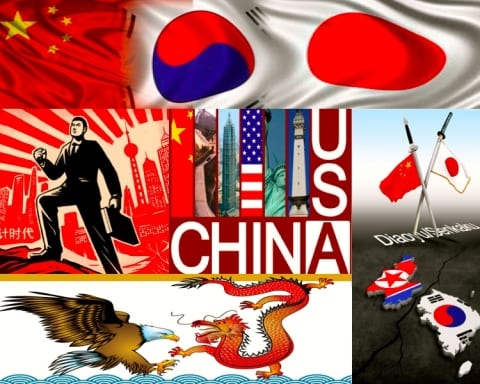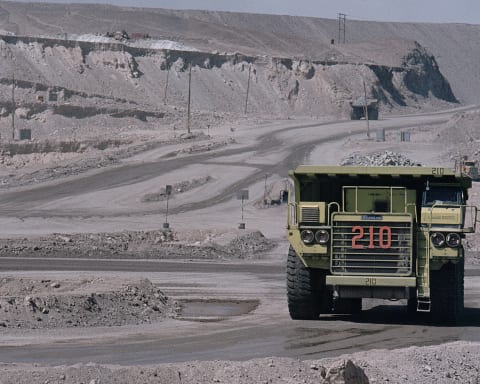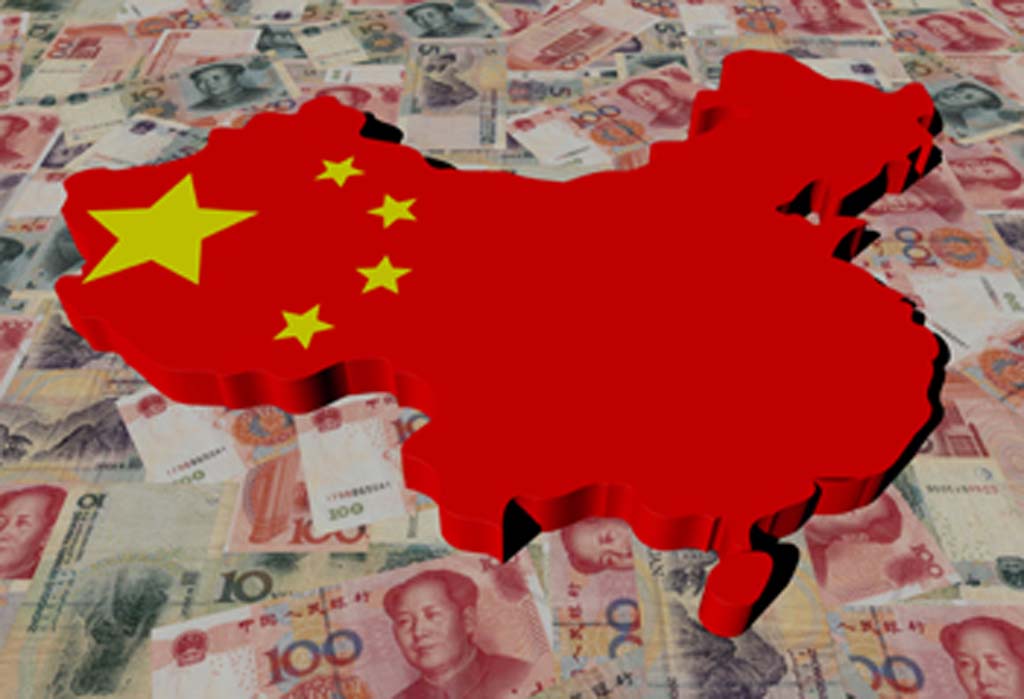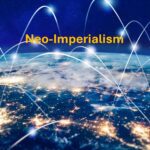The Chinese juggernaut is expected to overtake the American eagle by 2021 in terms of GDP, according to The Economist’s latest estimates (Aug 2014). In fact, China already outpaced the U.S. as the world’s largest manufacturing power in 2010. Since then, it has been further widening its lead, according to the 2013 UN research. Notwithstanding a small dent in its recent growth trend line, partly owing to a slowdown in export demand from key markets (e.g. U.S. and EU), China has been able to achieve its growth target of 7.5% in the second quarter of 2014. Yet a fleet of naysayers still do not believe these numbers indicate an upcoming shift in the world’s power distribution and, in the face of cognitive dissonance, cling to a weakly-grounded belief that United States of America continues to be the one and only hegemon at least until they rest in peace. Stiff opposition to an impending appearance of Chinese hegemony is predicated on two assumptions. The first one is that China cannot sustain its astonishing growth and is soon doomed to fall from its grace. The other is that even if China is able to surpass the U.S. in the economic area, the U.S. will still be dominant in other areas (e.g. military, culture and diplomacy).
Will China soon hit a hard landing and put an end to its three decades of remarkable economic prosperity? There are those who have been saying so for years. Their concerns are flavored with you-name-it factors (e.g. spiraling inflation, mounting debt burdens, widening income inequality, rampant corruption, lack of political legitimacy). However, the Chinese leadership has been taking these concerns about economy-destabilizing elements very seriously and has been responding to each one with certain measures. For instance, after experiencing extremely high inflation as a by-product of relentless economic growth (e.g. about 20% in 1988 and more than 25% in 1994), Chinese leaders have been making every effort to avert double-digit inflation, and their efforts have come to fruition, with an average inflation of over 3% in the past decade according to China’s official figures. Witnessing Western asset bubbles leading to financial crisis, some harped on China’s looming debt problem, exacerbated by local governments’ reckless spending. The Economist, however, recently (July 2014) concluded that China’s debt-to-GDP ratio of 200% is far from confronting a debt crisis, considering that Euro crisis countries had far higher debts (e.g. more than 400% for Ireland). Grasping the gravity of problems related to inequality and corruption, China’s cabinet, under President Xi’s leadership, has also implemented a series of plans to combat these problems, resulting in Mr. Xi’s skyrocketing popularity and solidification of his political legitimacy. One thing to note is that none of these concerns have yet been able to snuff out China’s ferocious economic flame.
In spite of the aforementioned concerns which may destabilize macroeconomic conditions, a country’s annual production growth is driven primarily by three important factors: capital, labor and innovation. There are not many squabbles over China’s capital deepening which heightens its labor productivity and ramps up innovative capabilities. Yet some raise a dissenting voice over China’s sustaining a competitive advantage in manufacturing, taking into account its aging population and increasing wages. The Chinese government recognizes the long-term ramifications of demographic change and has been undertaking a suite of policies that aim to mitigate these impacts. President Xi, for instance, relaxed the one-child policy to halt a decline in China’s birth rate. It must be noted that an upsurge in elderly populations and wages is not necessarily a detriment to China’s economic growth. Aged workers are likely to be more skilled than the young, which can be manifested in the form of higher labor productivity. More importantly, China has been attempting to wean itself off an overreliance on investment in construction and manufacture-based exports in order to gradually transform its economy into a consumption-driven one. In such a case, a rise in real wages, in fact, helps fuel domestic consumption.
Deficiency of innovation is also an oft-cited pretext for China skeptics to scoff at China’s sustainable growth. People like Adam Segal firmly believe that America’s Schumpeterian approach will unceasingly fare better at leading quality innovation than China’s knock-offs-churning-out model, brushing aside troubling evidence of China’s staggering numbers of scientific papers and patents. (Check Segal’s book Advantage: How American Innovation Can Overcome the Asian Challenge.) Yet Dan Breznitz and Michael Murphree warn about a parochial view of innovation as the invention of breakthrough products. In their eyes, China is extremely competitive at other types of innovation (e.g. process and product innovation), which yield bigger rewards for an emerging country. (See Breznitz and Murphree’s book, Run of the Red Queen.) Moreover, numbers on innovation momentums are tilted in favor of China. Whereas the U.S.’ has stagnated over the last decade, China’s R&D expenditure as a percentage of GDP has constantly been on the rise, estimated to forge ahead of that of the U.S. in less than 10 years (Battlelle’s 2014 Global R&D Funding Forecast). There is little need to reiterate a spew of Chinese innovative firms’ in-search-of-excellence sages (e.g. Huawei, Lenovo, Haier, Xiaomi, Baidu), which have been already extensively covered by the Western media. Alibaba, which had the largest ever IPO, and whose corporate value now tops Facebook, IBM and Samsung, is a signpost hinting that the awakened Chinese dragon is already shaking the world.
Even if we accept that the Chinese economy will leapfrog the U.S.’ one day, does it necessarily mean that America will lose its dominance in other areas (e.g. military, culture and diplomacy)? Some international relations (IR) scholars, such as David Shambaugh, strongly believe that American hegemony will continue. (Check Shambaugh’s book China Goes Global.) To unravel his arguments, he raises the wrong question, “Is China [currently] influencing the actions of others and the trajectory of international affairs in various domains?” The right one should be, “Has China’s influence over the actions of others become larger than before, and will it become greater in the future?” Furthermore, it is a mistaken belief that the Chinese leadership has strong intentions of influencing international affairs in various domains in the first place. As backed by much of Chinese literature, China’s primary policy goals are economic prosperity and domestic stability, which is highly likely to remain the case. Besides, Shambaugh’s methodological approach is grounded on a naïve presupposition that military, cultural, diplomatic capability each carries similar weight with an economic one, and these power resources are not fungiblewith one another.
A.F.K. Organski, the IR guru that developed Power Transition Theory, clarifies three elements of power that are key to the transition of dominant power—that is, economic growth, population, and political capacity. The first two variables favor China writ large. The only thing left for America is political capacity. Your correspondent does not want to deterministically conclude that America will lose its battle even on the dimension of political capacity. Yet influenced by penetrating insights from Marx and Bourdieu, this writer views economic capital as a prime power source that changes dynamics in this stratified world. Looking through his economically-polarized lens, time is on China’s side.












